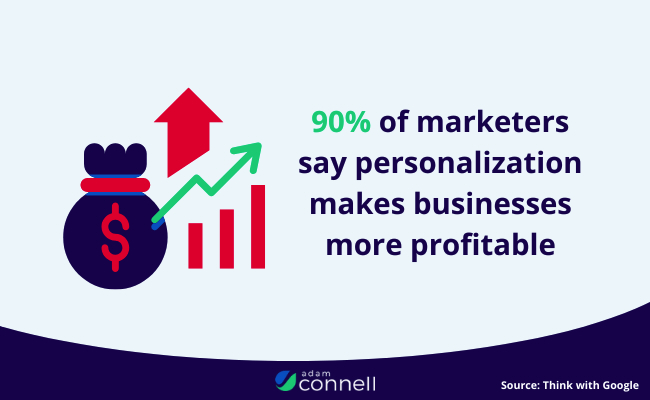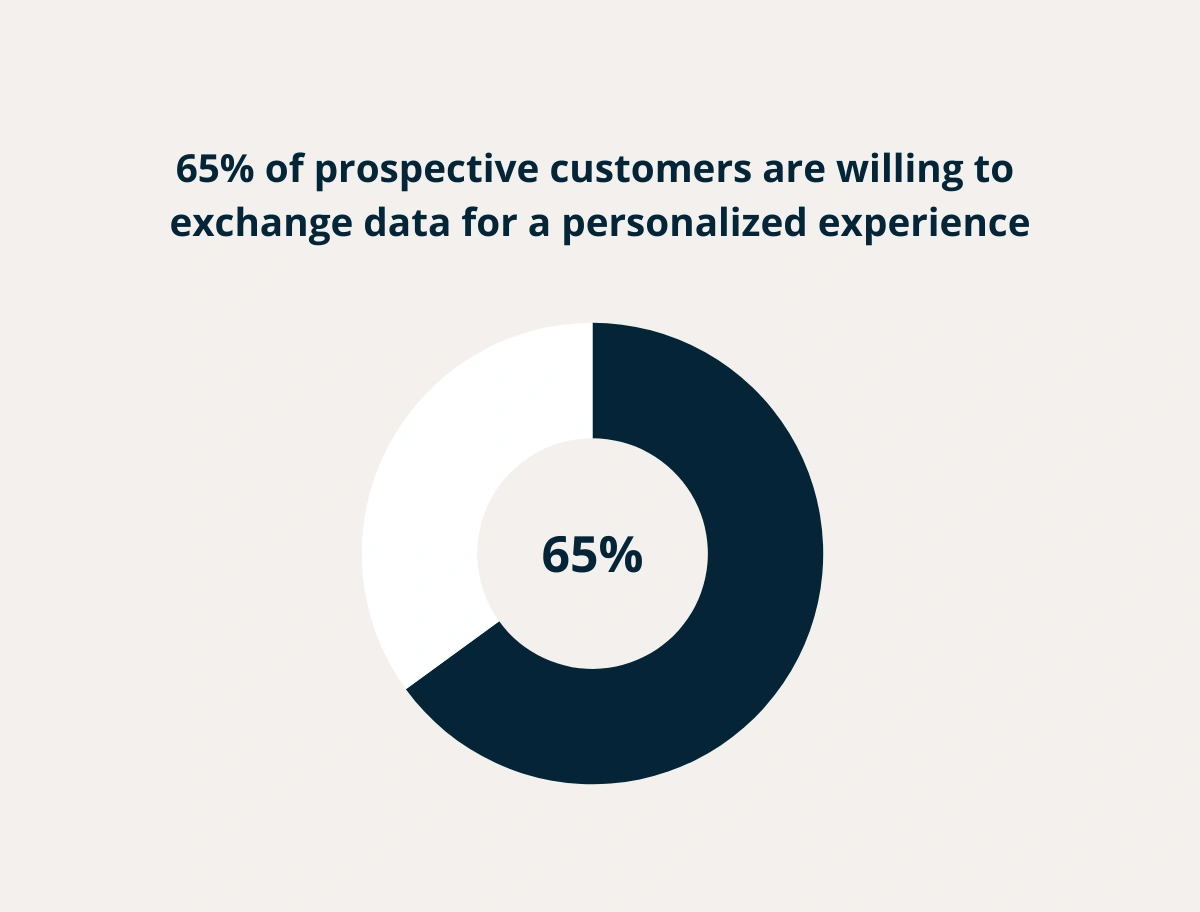Sales teams can’t afford to waste valuable time chasing cold leads or sending one-size-fits-all emails. Buyers expect personalized, timely interactions that speak directly to their needs. And if they don’t get that experience from you, they’ll find it elsewhere. That’s where automated lead nurturing comes in.
Automated lead nurturing combines the power of marketing automation with smart customer insights to create meaningful, consistent touchpoints throughout the buyer’s journey. It’s more than just sending a drip campaign. It’s about building trust, staying top-of-mind, and guiding prospects from initial interest to closed deals. In this article, we’ll explore automated lead nurturing, why it matters, and how to implement it effectively to boost sales performance.

What is Automated Lead Nurturing, and How Does it Work?
Automated lead nurturing involves using software to automatically engage and follow up with prospects at each stage of the buyer’s journey. Instead of relying on manual outreach, automated systems deliver targeted, personalized messages based on behaviors, demographics, and purchase intent.
For example, if a prospect downloads an eBook, your setup can automatically send a follow-up email with related resources. If they attend a webinar, the system can send a thank-you message and suggest a product demo. These automated touchpoints help move leads down the sales funnel without requiring constant manual input from your sales team.
An automated lead nurturing framework typically includes:
- Segmentation: Organizing leads based on criteria such as industry, role, or stage in the sales funnel.
- Personalization: Crafting content that addresses each lead’s pain points and goals.
- Automation Triggers: Setting rules determining when and how leads receive communications (e.g., form submissions, website visits, email opens).
- Multi-Channel Communication: Engaging leads across email, social media, SMS, and retargeting ads.
With the right system, businesses can build stronger relationships with leads while freeing up sales teams to focus on closing deals.
The Importance of Automated Lead Nurturing
Today’s B2B and B2C buyers are more informed than ever. They research competitors, read reviews, and compare options before engaging with sales. Without a nurturing process, even the most qualified leads can lose interest or fall through the cracks.
Automated lead nurturing ensures that no opportunity is missed. It allows businesses to:
- Stay Relevant: Deliver timely content that aligns with where the buyer is in their decision-making process.
- Build Trust: Position your brand as a helpful, knowledgeable partner rather than a pushy salesperson.
- Streamline Process: Reduce manual tasks and ensure consistent communication with leads.
Simply put, automated lead nurturing is no longer optional. It’s become a must-have strategy for companies competing in today’s market.
5 Benefits of Automated Lead Nurturing
Implementing automated lead nurturing offers several key benefits. The top five are outlined below.
1. Improved Lead Conversion Rates
Nurtured leads are significantly more likely to become paying customers. You increase the chances of converting prospects into buyers by delivering relevant content and keeping your brand top-of-mind.

Source: Adam Conell
In fact, data shows that 90% of marketers say personalization makes businesses more profitable. That’s something you can’t risk missing out on.
2. Shortened Sales Cycles
Automated systems help accelerate decision-making by giving leads the right information at the right time. This reduces the back-and-forth often required in manual nurturing.
3. Increased Sales Productivity
Sales teams can direct their attention elsewhere instead of spending hours manually following up. They’ll have more time to focus on closing deals and handling complex negotiations.
4. Better Customer Experience
Leads receive timely, personalized communications that match their needs, making them more likely to engage positively with your brand.
5. Data-Driven Insights
Automated lead nurturing tools track engagement metrics (opens, clicks, conversions) and provide visibility into what’s working. This allows for continuous optimization of campaigns.
How Automated Lead Nurturing Helps Improve Sales
Sales success isn’t just about generating leads. It’s your opportunity to turn those leads into loyal customers. Automated lead nurturing contributes to improving sales performance in several ways:
- Aligns Sales and Marketing: Sales teams get better-qualified leads, while marketing ensures consistent engagement through automation.
- Increases Lead Quality: Leads nurtured with personalized content are more educated and ready to buy when they reach sales.
- Encourages Upselling and Cross-Selling: Automation can continue after the initial sale, offering related products or services and increasing lifetime customer value.
- Reduces Drop-Off: Maintaining steady communication reduces the risk of leads disengaging or moving to competitors.
Ultimately, automated lead nurturing bridges the gap between initial interest and final purchase, resulting in stronger pipelines and more closed deals.
6 Steps for Implementing Automated Lead Nurturing
Launching an effective automated lead nurturing framework doesn’t have to be complicated. Below is a step-by-step approach to get started.
1. Define Your Buyer Personas
Identify who your target customers are, the kind of content they want, and their pain points. The more you learn about them, the better, because you can tailor your content and messaging to them specifically. They’ll feel like you’re speaking directly to them.

Source: Camphouse
Your analytics can tell you a lot about your target audience. However, you can also seek feedback from them to create a more special experience. 65% of prospective customers are willing to exchange data for a personalized experience, so don’t be afraid to reach out.
2. Map the Buyer’s Journey
Understand the stages your leads go through as part of the buyer’s journey. Identify the areas where automation can add value, from awareness to consideration to decision.
3. Segment Your Leads
Divide leads based on attributes such as industry, role, or engagement history. This ensures your content is targeted to their interests. Messages that resonate are more likely to spark action, helping you to develop stronger relationships and drive conversions.
4. Create Valuable Content
Develop resources like eBooks, case studies, videos, and webinars that answer questions and address objections at each funnel stage. The content formats you choose should highlight your strengths and align with your audience’s interests, so take the time to research what appeals to them the most.
5. Set Up Automation Workflows
Use your automation platform to trigger messages based on actions (e.g., downloading content, visiting product pages, opening emails). This allows everything to work behind the scenes so you don’t have to lift a finger.
To help you picture this in action, here’s an automated lead nurturing example to consider: A software company creates a workflow where prospects who download a whitepaper automatically receive a series of emails. First, they’ll receive a related blog post, then a customer success story, and finally an invitation to a live demo. This sequence builds trust and gently moves the lead closer to conversion without manual intervention.
6. Test and Optimize
Monitor engagement data and continuously refine your workflows for better performance. You can review this information monthly or quarterly, as that will give you plenty of data to make adjustments accordingly.
Tools and Platforms for Automated Lead Nurturing
Various tools can help businesses set up and manage automated lead nurturing. Here are some of the most popular platforms to consider:
- Hushly’s ContentSherpa: This AI-first content hub can deliver high-quality content based on the needs and interests of a prospect. This improves engagement and helps them to build trust with your brand since you can be of service and position yourself as a thought leader in the industry.
- Hushly’s Lead Nurturing Software: Our lead nurturing software is a must-have tool for timely content distribution, segmentation, lead scoring, and more.
- Marketo: Part of the Adobe Experience Cloud, Marketo is known for its advanced segmentation and lead scoring capabilities.
- ActiveCampaign: This platform combines email marketing, automation, and CRM features to combine more services into one investment.
- MailChimp: For something more affordable, MailChimp provides automation features for small to mid-sized businesses as part of their email marketing platform.
The right tool depends on your business size, industry, and sales goals. It is key to choose one that integrates seamlessly with your CRM and existing systems.
Ready to Create an Automated Lead Nurturing Framework?
Automated lead nurturing is one of the most potent ways to increase sales performance. By leveraging automation, you can engage leads with the right message at the right time, build stronger relationships, and create a seamless journey from awareness to purchase.
Whether you’re just starting out or looking to optimize your existing process, an effective automated lead nurturing framework can transform how you connect with prospects and ultimately drive revenue growth. Hushly is here to help you make that happen.
Book a demo to experience Hushly firsthand.

